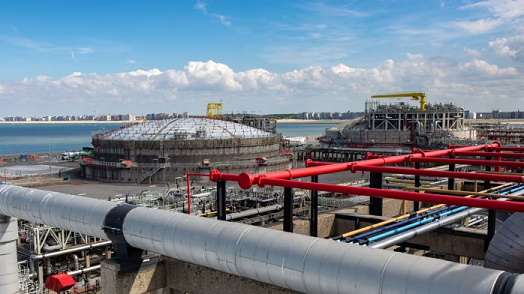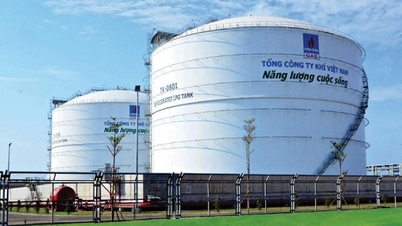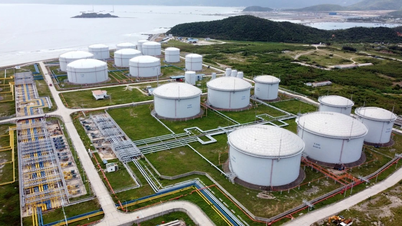 |
| The transit pipeline carrying Russian gas through Ukraine to Europe is expected to be closed soon. Image of the port of Zeebrugge, Belgium. (Source: Financial Times) |
New European Union (EU) methane emissions regulations will push LNG prices higher, making it harder to restore industrial and affordable energy on the continent in the near future.
Not only that, Europe's switch from Russian gas pipelines to LNG has increased global energy costs.
As the EU pressures Moscow with sanctions following the conflict in Ukraine in 2022, gas has become a focus of attention, as Russia is the union's largest gas supplier.
Instead of gas from the land of birch, the 27-member bloc has increased purchases of LNG in many countries, including Russia.
The transit pipeline that carries Russian gas through Ukraine to Europe is expected to be shut down soon. The reason is that Kiev announced that it will not renew the agreement with the gas giant Gazprom. The agreement expires at the end of this year.
European leaders are confident and assert that: "The region will be fine without Russian gas".
However, Oil Price said that in May 2024, Gazprom's gas flow through Ukraine to Europe increased by 39% compared to a year earlier.
Reuters (UK) also said that since the beginning of this year, the "giant" Gazprom has exported about 13 billion cubic meters of natural gas to Europe. This is only a small part of what Russia exports to the West, the rest has been replaced by LNG. This is a problem for Europe.
The gas crisis in Europe is “far from over,” says Bloomberg analyst Javier Blas, contradicting all official statements since the winter of 2022, when the continent claimed to have solved the energy crisis before it even happened.
Source


![[Photo] The 1st Congress of Phu Tho Provincial Party Committee, term 2025-2030](https://vphoto.vietnam.vn/thumb/1200x675/vietnam/resource/IMAGE/2025/9/30/1507da06216649bba8a1ce6251816820)
![[Photo] Panorama of the cable-stayed bridge, the final bottleneck of the Ben Luc-Long Thanh expressway](https://vphoto.vietnam.vn/thumb/1200x675/vietnam/resource/IMAGE/2025/9/30/391fdf21025541d6b2f092e49a17243f)
![[Photo] Solemn opening of the 12th Military Party Congress for the 2025-2030 term](https://vphoto.vietnam.vn/thumb/1200x675/vietnam/resource/IMAGE/2025/9/30/2cd383b3130d41a1a4b5ace0d5eb989d)
![[Photo] General Secretary To Lam, Secretary of the Central Military Commission attends the 12th Party Congress of the Army](https://vphoto.vietnam.vn/thumb/1200x675/vietnam/resource/IMAGE/2025/9/30/9b63aaa37ddb472ead84e3870a8ae825)
![[Photo] President Luong Cuong receives President of the Cuban National Assembly Esteban Lazo Hernandez](https://vphoto.vietnam.vn/thumb/1200x675/vietnam/resource/IMAGE/2025/9/30/4d38932911c24f6ea1936252bd5427fa)


































































































Comment (0)